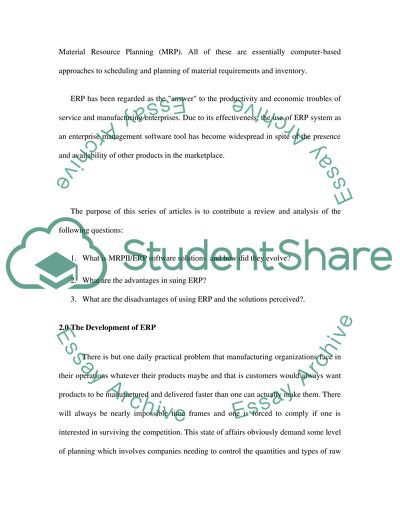Cite this document
(“The Application of Information Technology in the Workplace Essay”, n.d.)
The Application of Information Technology in the Workplace Essay. Retrieved from https://studentshare.org/information-technology/1511438-the-application-of-information-technology-in-the-workplace
The Application of Information Technology in the Workplace Essay. Retrieved from https://studentshare.org/information-technology/1511438-the-application-of-information-technology-in-the-workplace
(The Application of Information Technology in the Workplace Essay)
The Application of Information Technology in the Workplace Essay. https://studentshare.org/information-technology/1511438-the-application-of-information-technology-in-the-workplace.
The Application of Information Technology in the Workplace Essay. https://studentshare.org/information-technology/1511438-the-application-of-information-technology-in-the-workplace.
“The Application of Information Technology in the Workplace Essay”, n.d. https://studentshare.org/information-technology/1511438-the-application-of-information-technology-in-the-workplace.


